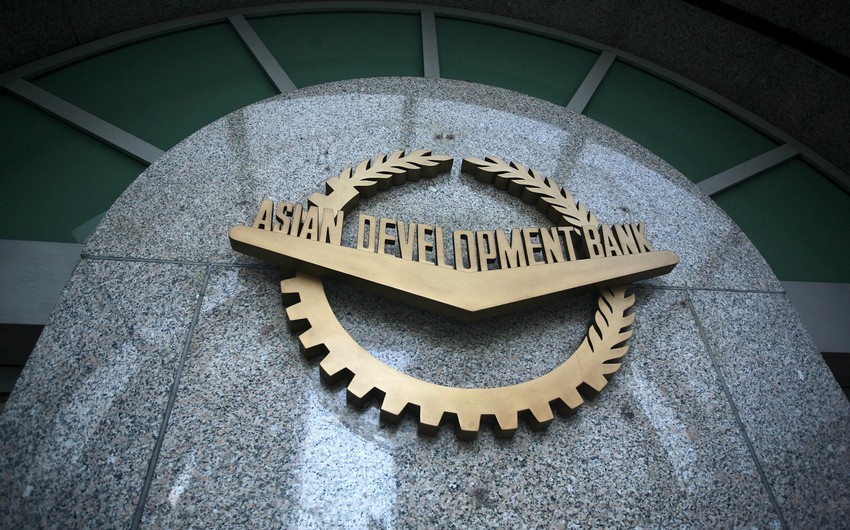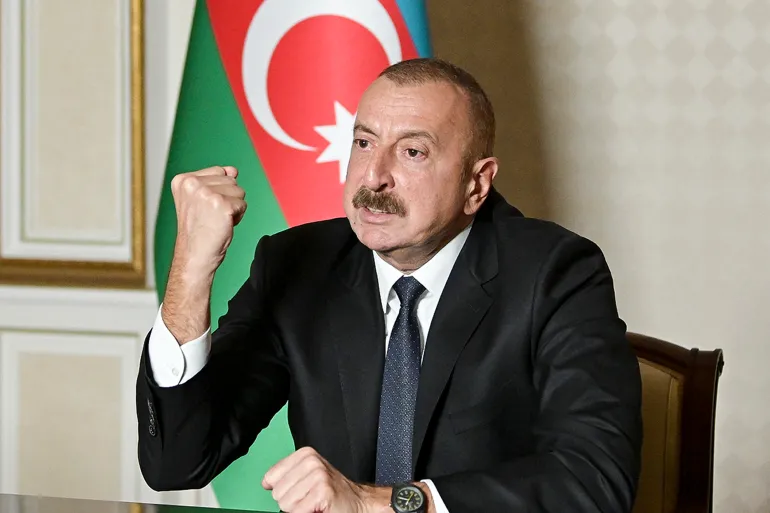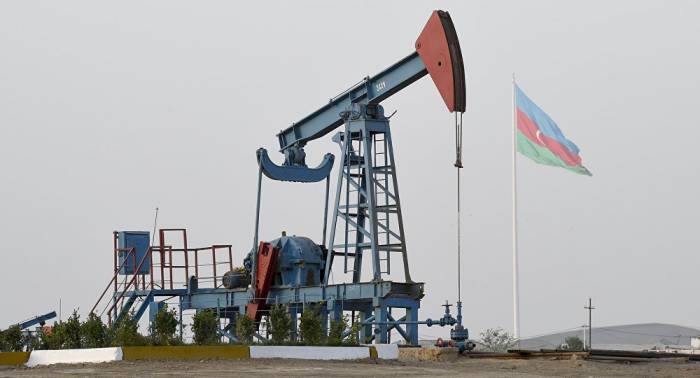The Asian Development Bank (ADB) proposes to implement horizontal heat distribution systems in Azerbaijan, which will allow residents to control consumption and integrate additional heating sources, reads the ADB technical assistance (TA) report on Promoting Heating Sector Decarbonization and Renewable Heat Integration in Azerbaijan, Report informs.
“This system could enable residents to integrate additional heat sources while benefiting from centralized heating. If horizontal distribution proves unfeasible, building-level metering should be urgently implemented,” the ADB noted.
“Tariff analysis reveals that while electricity tariffs broadly reflect economic costs, district heating and gas tariffs are significantly undervalued, with AIT’s revenues covering only 20-25% of its costs. A comparative analysis suggests that community heating is the most cost-efficient system, justifying AIT’s focus on this model while exploring the integration of renewable energy into central heating systems.
AIT’s infrastructure, which includes 537 boiler houses and 835 km of district heating networks, is aging and inefficient. The imminent closure of the Baku CHP plant and other networks could impact 30% of AIT’s heat sales, raising questions about the future of these systems. Additionally, the poor condition of heating networks, with 460 km of pipelines over 20 years old, further exacerbates the problem. The lack of modern insulation and metering complicates efforts to assess and address efficiency issues,” reads the report.
The bank allocated $1.1 million to support the decarbonization of the heating sector and integration of renewable energy sources in Azerbaijan.



